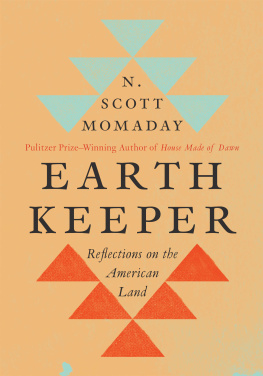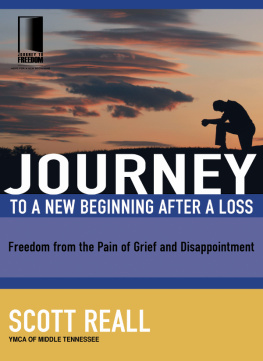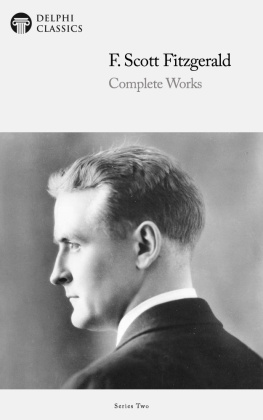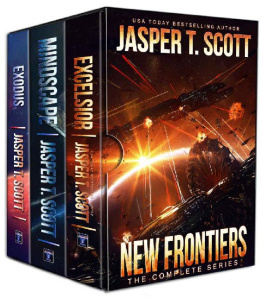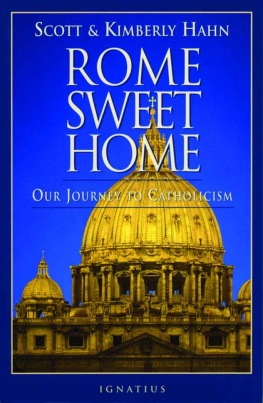ISBN for this digital edition: 978-0-8263-4823-4
2009 by N. Scott Momaday
All rights reserved. Published 2009
Reprinted from the original 1967 edition by the
University of California Press.
Printed in the United States of America
13 12 11 10 09 1 2 3 4 5
The Library of Congress has cataloged the printed edition as follows:
Momaday, N. Scott, 1934
The journey of Tai-me / N. Scott Momaday.
p. cm.
Originally published: Santa Barbara : University of California, 1967. With new pref.
ISBN 978-0-8263-4821-0 (cloth : alk. paper)
1. Kiowa IndiansFolklore. I. Title.
E99.K5M6 2009
398.208997492dc22
2009043909
Illustrations by N. Scott Momaday.
Image on courtesy NASA.
Preface
The institution of the journey is ancient in story and literature. The subject of quest is universal. Fundamental to human being is the urge to venture, to seek, to journey.
The Journey of Tai-me is the account of a peoples quest after their destiny. The Kiowa are a people of the Plains. Some centuries ago they were mountain and forest dwellers. They entered upon the Northern Plains and discovered the Sun Dance and the Sun Dance Medicine, a fetish named Tai-me. The Tai-me bundle remains extant and is the most powerful medicine in the Tribe.
The journey led from the headwaters of the Yellowstone River in what is now western Montana to the Southern Plains, to Rainy Mountain in present southwestern Oklahoma. There the journey ended. And there began the hundred-year era, the Golden Age of the Kiowa Plains Culture. It was a time of unprecedented freedom and grandeur. They had come near to the sun.
The Journey of Tai-me is an example of oral tradition, a tradition that is highly developed and in which the extraordinary possibilities of language are realized. The oral tradition is more immediate and vital than is the written tradition. We are talking about the difference between reading Hamlet in a book and seeing Hamlet performed on a stage. In The Journey of Tai-me, we come as close to the oral tradition as it is possible to come on the written page.
My Kiowa father had told me stories from the Kiowa oral tradition when I was a child. I delighted in them and of course I took them for granted, as children do and ought to do. But years later I began to realize how fragile they were and how apt to be lost and I began to write them down.
In 1963, having finished my graduate studies at Stanford, I accepted my first teaching post at the University of California at Santa Barbara. There I met Bruce McCurdy, a printmaker who specialized in etching, and Darvy Carlsen, a typographer. They had conceived the idea of making a book from scratch. They had access to a Washington handpress and the necessary skills to carry out the project. What they did not have was a text. I provided the tales I had transcribed from my father and other Kiowa storytellers.
By virtue of a grant from the university, we produced a book in an edition of one hundred copies, printed on handmade paper, in an original typeface, illustrated with original etchings. The edition was bound in leather.
Thus was born The Journey of Tai-me. The edition has ended up in various libraries and rare book collections. It has become steadily more rare and expensive.
I placed a copy in the hands of Gus Blaisdell, a classmate of mine at Stanford, who had become an editor at the University of New Mexico Press. He urged me to let him publish the book in a trade edition. At first I declined, believing that the book was too small for the purpose. He persisted and at last I relented, on the condition that I enlarge the text. Then I hit upon the notion of adding commentaries to the tales. That was a new and exciting dimension for me; a device consisting of separate but intrinsically related voices, a wheel of languages as it were, rolling from myth to history, to reminiscence, through three voices, each in its own typeface on facing pages.
Thus was born The Way to Rainy Mountain, dedicated to my parents, designed with extraordinary imagination by Bruce Gentry, and illustrated by my father with original pen-and-ink drawings.
With this first trade publication of The Journey of Tai-me we have the genesis and evolution of a book that has remained in print from the time of its publication in 1967. And the larger story of an oral tradition that has endured through indefinite time. It is a story of the human spirit, told with love and longing.
N. Scott Momaday, 2009
Preface to the Original
The journey of Tai-me began one day long ago on the edge of the Northern Plains. It was carried on over a course of many generations and many hundreds of miles; in the end there were many things to remember, to dwell upon and talk about.
You know, everything had to begin... For the Kiowas the beginning was a struggle for existence in the bleak northern mountains. It was there, they say, that they entered the world through a hollow log. The end, too, was a struggle, and it was lost; the young plains culture of the Kiowas withered and died like grass that is burned in the prairie wind. There came a day like destiny; in every direction, as far as the eye could see, carrion lay out in the land. The buffalo was the animal representation of the sun, the essential and sacrificial victim of the Sun Dance. When the wild herds were destroyed, so too was the will of the Kiowa people; there was nothing to sustain them in spirit. But these are idle recollections, the mean and ordinary agonies of human history. The interim was a time of great adventure and nobility and fulfillment.
Tai-me came to the Kiowas in a vision born of suffering and despair. Take me with you, Tai-me said, and I will give you whatever you want. And it was so. The great adventure of the Kiowas was a going forth into the heart of the continent. They began a long migration from the headwaters of the Yellowstone eastward to the Black Hills and south to the Washita. Along the way they acquired horses, the religion of the plains, a love and possession of the open land; their nomadic soul was set free. In alliance with the Commanches they held dominion in the Southern Plains for a hundred years. In the process of that long migration, they had come of age as a people. They had conceived a good idea of themselves; they had dared to imagine and determine who they were.
In one sense, then, the journey of Tai-me is preeminently the history of an idea, Mans idea of himself, and it has consummate being in language. The verbal tradition by which it has been preserved has suffered a considerable deterioration in time. What remains is diverse and fragmentary: mythology, legend, lore and hearsayand of course the idea itself, as crucial and complete as it ever was. That is the miracle. The journey herein recalled is an expression of the human spirit, and that expression is most truly made in terms of wonder and delight: There were many people, and oh, it was beautiful! That was the beginning of the Sun Dance. It was all for Tai-me, you know, and it was a long time ago.




